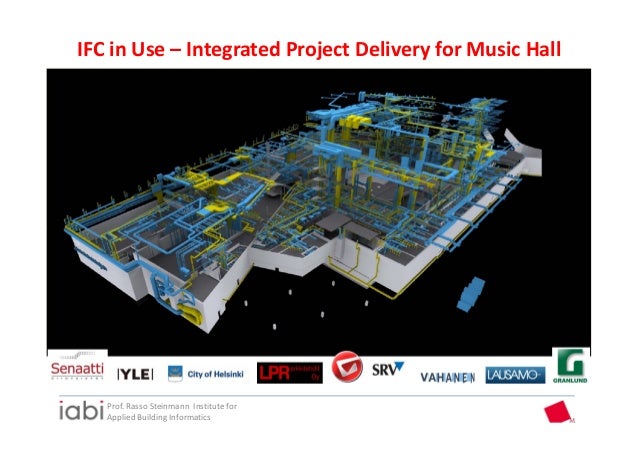Building surveys are a comprehensive inspection and assessment of a property's condition, typically conducted by qualified surveyors or building inspectors. The objective of a building survey would be to offer an in-depth analysis of a building's structure, components, and systems, identifying any defects, risks, or maintenance issues. Here are BIM Surveys Atherstone about building surveys:
Forms of Building Surveys: You can find various kinds of building surveys available, depending on specific needs and requirements of the house and client. These can include:
a. Full Building Survey (also called a Structural Survey): Here is the most detailed and comprehensive survey, providing an intensive study of all accessible parts of the building. It includes information on the building's structure, condition, and tips for repairs or maintenance.
b. Homebuyer's Survey: This is usually a less detailed survey targeted at homebuyers. It provides an overview of the property's condition, highlighting any significant conditions that may affect its value or require attention.
c. Condition Survey: This survey assesses the overall condition of a house, concentrating on visible defects and maintenance requirements. It is conducted for properties which are in relatively good shape.
d. Specific Defects Survey: This survey targets a specific area or problem of concern, such as dampness, subsidence, or roofing problems. It offers detailed information on the specific defect and tips for remedial actions.
Purpose of Building Surveys: Building surveys serve several purposes, including:
a. Assessing Condition: Building surveys help identify existing or potential defects, deterioration, or structural issues inside a property. They provide an accurate understanding of the building's condition and help estimate the extent of repairs or maintenance required.
b. Highlighting Risks: Surveys can identify risks associated with the building, such as for example safety hazards, health concerns, or compliance issues with building regulations. These details allows the client to make informed decisions concerning the property.
c. Supporting Decision-Making: Building surveys provide valuable information for property buyers, sellers, or owners. They help in determining the fair market value, negotiating purchase prices, planning renovation or refurbishment projects, or assessing investment potential.
d. Compliance and Due Diligence: Building surveys assist in ensuring compliance with relevant regulations, codes, and standards. They are generally required for legal or insurance purposes, and during property transactions.

Survey Process: The building survey process typically involves the next steps:
a. Initial Assessment: The surveyor inspects the house, being attentive to visible defects, condition issues, and potential risks. They could use tools or equipment such as damp meters, thermal imaging cameras, or drones for a far more comprehensive assessment.
b. Reporting: The surveyor prepares a detailed report summarizing the findings, including photographs, diagrams, and recommendations. The report could also provide estimated costs for necessary repairs or maintenance.
c. Client Consultation: The surveyor discusses the findings with your client, addressing any questions or concerns they may have. They provide expert advice on the implications of the survey results and possible next steps.
d. Remedial Actions: If defects or issues are identified, your client may use the survey report to plan and initiate appropriate remedial actions. This may involve engaging contractors, seeking further specialist assessments, or negotiating repairs with relevant parties.
Building surveys are valuable tools for assessing and managing the health of properties. They help home owners, buyers, and investors make informed decisions, prioritize maintenance or repairs, and ensure the safety and longevity of buildings.
